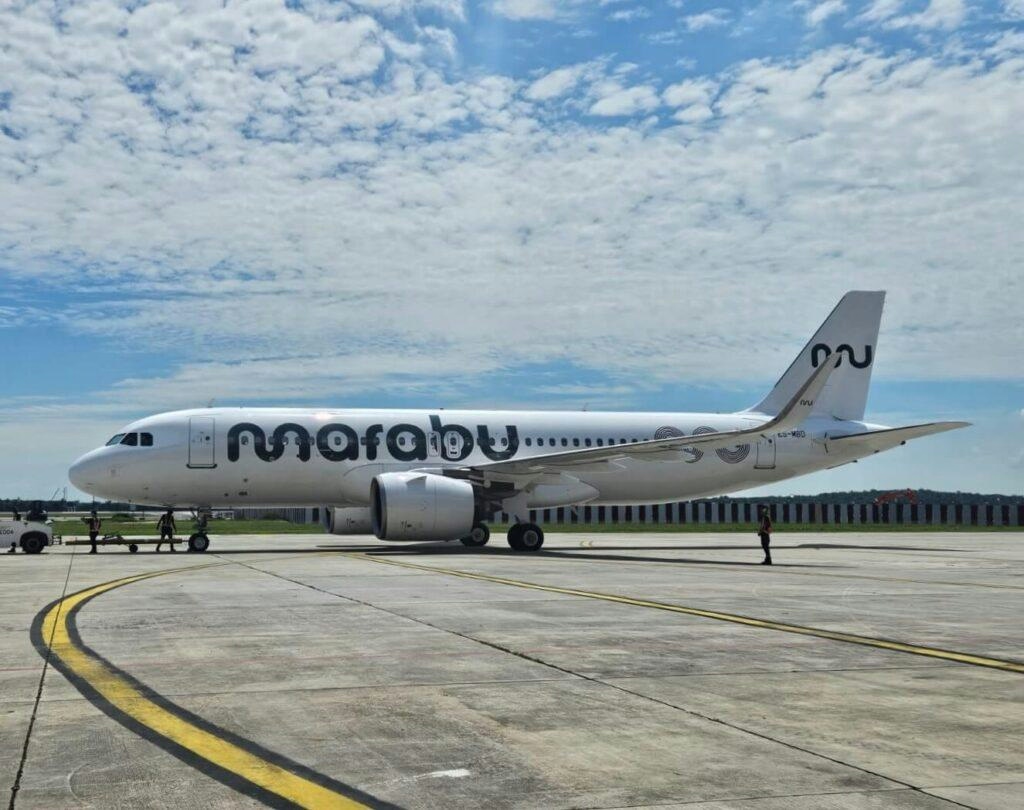
AeroGenie - مساعد الطيار الذكي الخاص بك.
الرائج الآن
Categories
The Future of Flying Cars: Why Caution Is Needed in Air Taxi Testing
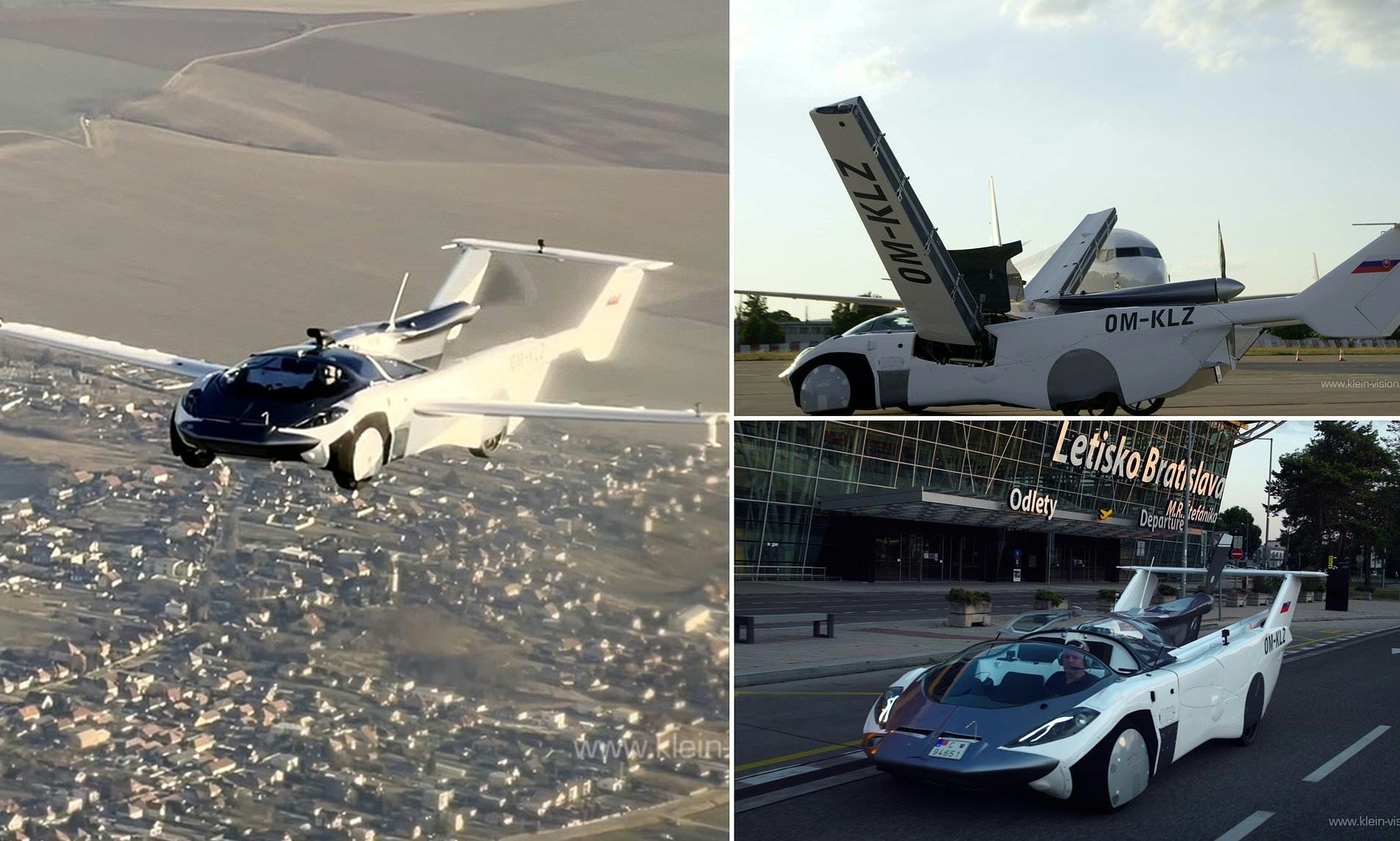
The Future of Flying Cars: Why Caution Is Needed in Air Taxi Testing
Electric air taxis, once confined to the realm of science fiction, are rapidly transitioning toward practical reality. The recent authorization by the U.S. government for the Alef "Model A"—the first flying car—to take flight marks a significant milestone in this emerging industry. Companies such as Archer Aviation and Joby Aviation have introduced new aircraft models, bringing the vision of "highways in the sky" closer to fruition. Archer’s four-seater Midnight, for instance, is engineered to cover distances up to 50 miles with minimal downtime, offering the promise of swift and quiet urban travel.
A recent executive order from the White House has further accelerated development by promoting public-private partnerships and permitting manufacturers to conduct nationwide testing of these vehicles. Major technology firms are investing heavily, and industry leaders foresee air taxis becoming as commonplace as ridesharing services, seamlessly integrated into everyday transportation networks.
Regulatory and Technological Challenges
Despite this momentum, the path to widespread adoption remains complex and fraught with challenges. Regulatory authorities continue to emphasize the necessity of rigorous safety standards and comprehensive testing before air taxis can be deployed at scale. Beyond regulatory concerns, significant technological hurdles persist, including ensuring reliable and safe operations and developing the infrastructure required to support these vehicles.
Community Impact and Equity Concerns
While air taxis hold the potential to transform short-distance travel, their benefits may not be equitably distributed. The siting of vertiports and designated flight paths raises important questions about the impact on communities below, particularly those that are low-income or predominantly minority. Historical precedents caution against repeating past urban planning mistakes: terrestrial highways have often divided established neighborhoods and exacerbated air pollution, disproportionately affecting vulnerable populations. The concept of "highways in the sky" could similarly impose burdens on residents living beneath busy flight corridors.
Noise pollution is a significant concern. Although electric aircraft generate less noise than traditional jets or helicopters, the prospect of thousands of air taxis operating over densely populated areas could result in persistent urban noise. Studies have linked aircraft noise exposure to increased risks of anxiety, cardiovascular disease, and other health problems, imposing long-term financial and social costs on affected residents. The cumulative effect of continuous overflights may intensify existing noise pollution, particularly in underserved neighborhoods.
Furthermore, the infrastructure necessary for mass-market air taxis—such as vertiports and charging stations—could disrupt communities if developed without meaningful local engagement. Unlike existing helipads, which are typically situated at hospitals or emergency services and not accessible to the general public, expanding this network for commercial use demands careful planning. Failure to involve communities risks repeating historical oversights in urban development.
Industry Dynamics and Market Outlook
The air taxi sector is marked by intense competition. U.S.-based companies like Archer and Joby are gaining traction, while some European firms are pivoting toward more conventional aviation designs in response to regulatory and technical challenges. Despite substantial investment and optimism, skepticism is growing regarding the feasibility of flying taxis and their acceptance by the public.
A Call for Caution
As testing of air taxis intensifies, a measured and inclusive approach is imperative. Regulatory bodies must uphold stringent safety protocols, and affected communities should be actively involved in decisions about the placement and operation of these vehicles. Only through deliberate planning and broad stakeholder engagement can the promise of flying cars be fulfilled without repeating the mistakes of previous transportation innovations.
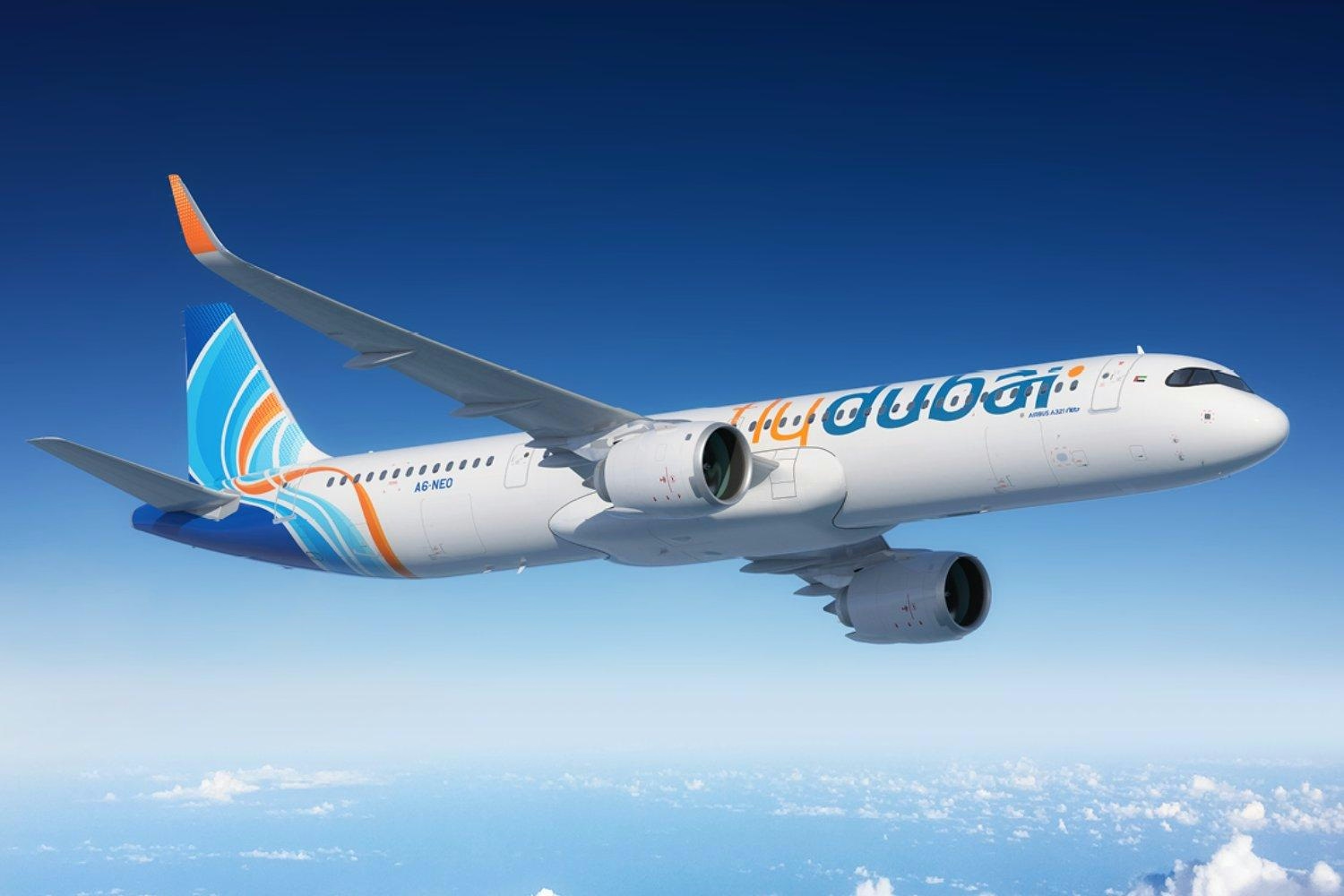
flydubai signs MoU for up to 150 Airbus A321neo aircraft, ending Boeing exclusivity
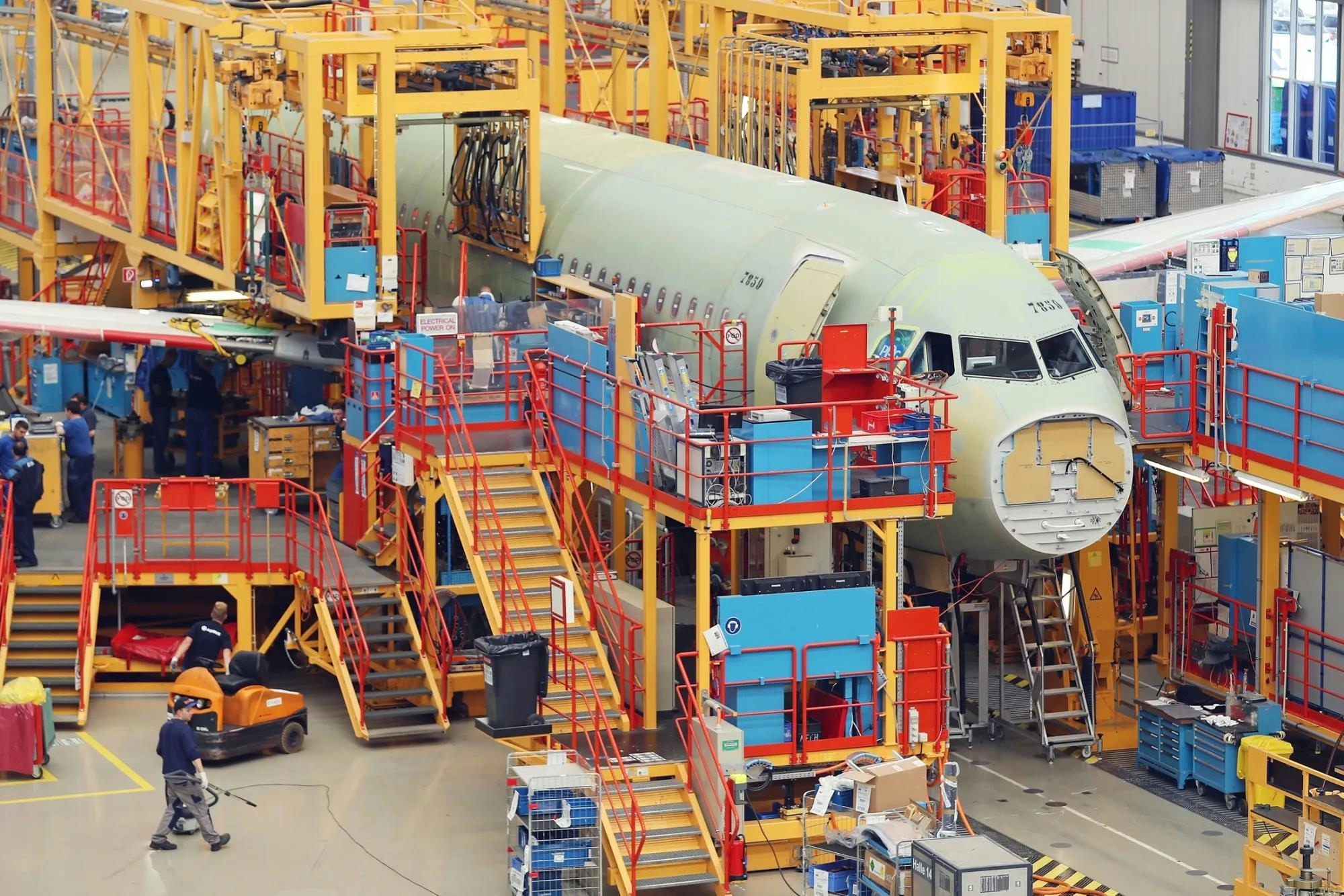
Airbus Secures New Orders from Etihad and flydubai at Dubai Airshow 2025
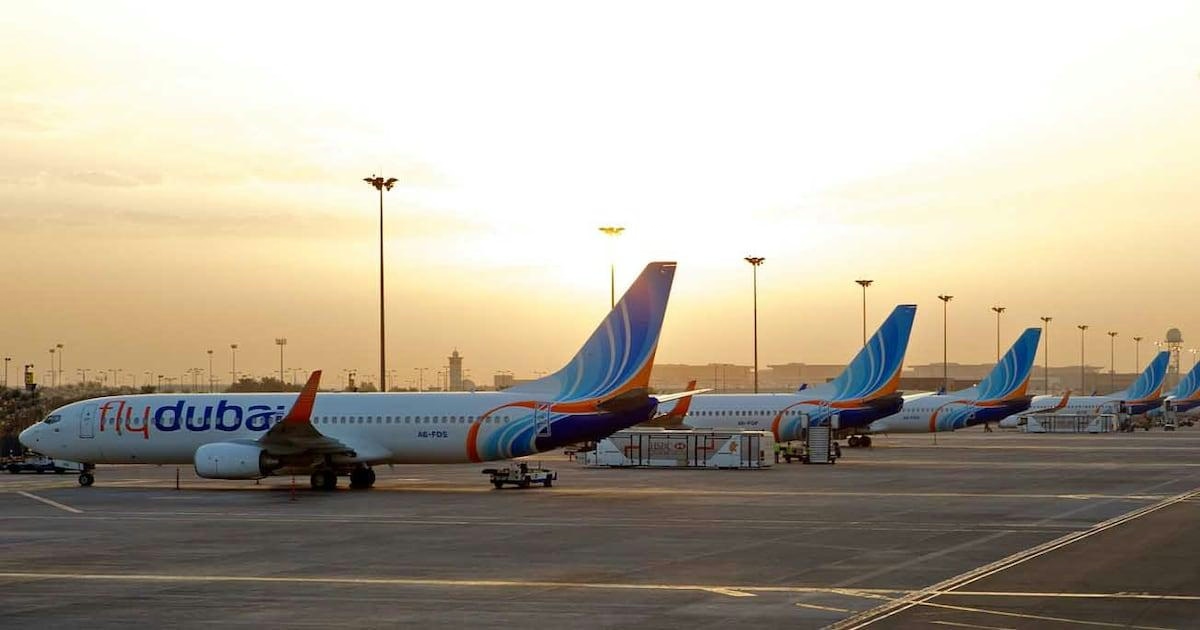
Flydubai Orders 150 Airbus A321neo Jets, Ending Boeing-Only Fleet

AMMROC and Lockheed Martin Sign Letter of Intent to Enhance MRO Cooperation and Regional Support

Emirates kicks off race between Airbus and Boeing for bigger jets
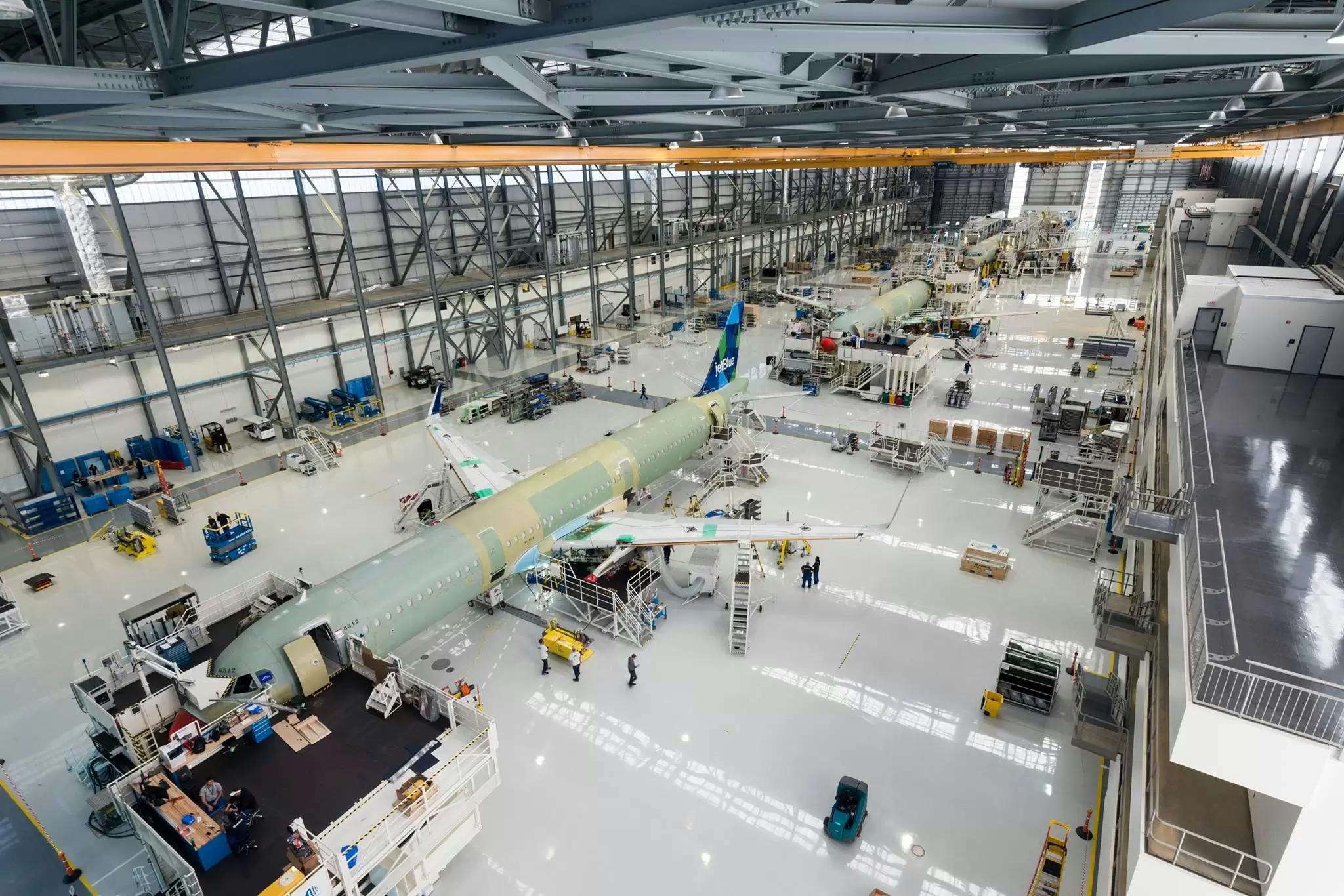
Inside Airbus’s Global Defense and Aviation Technology Hub
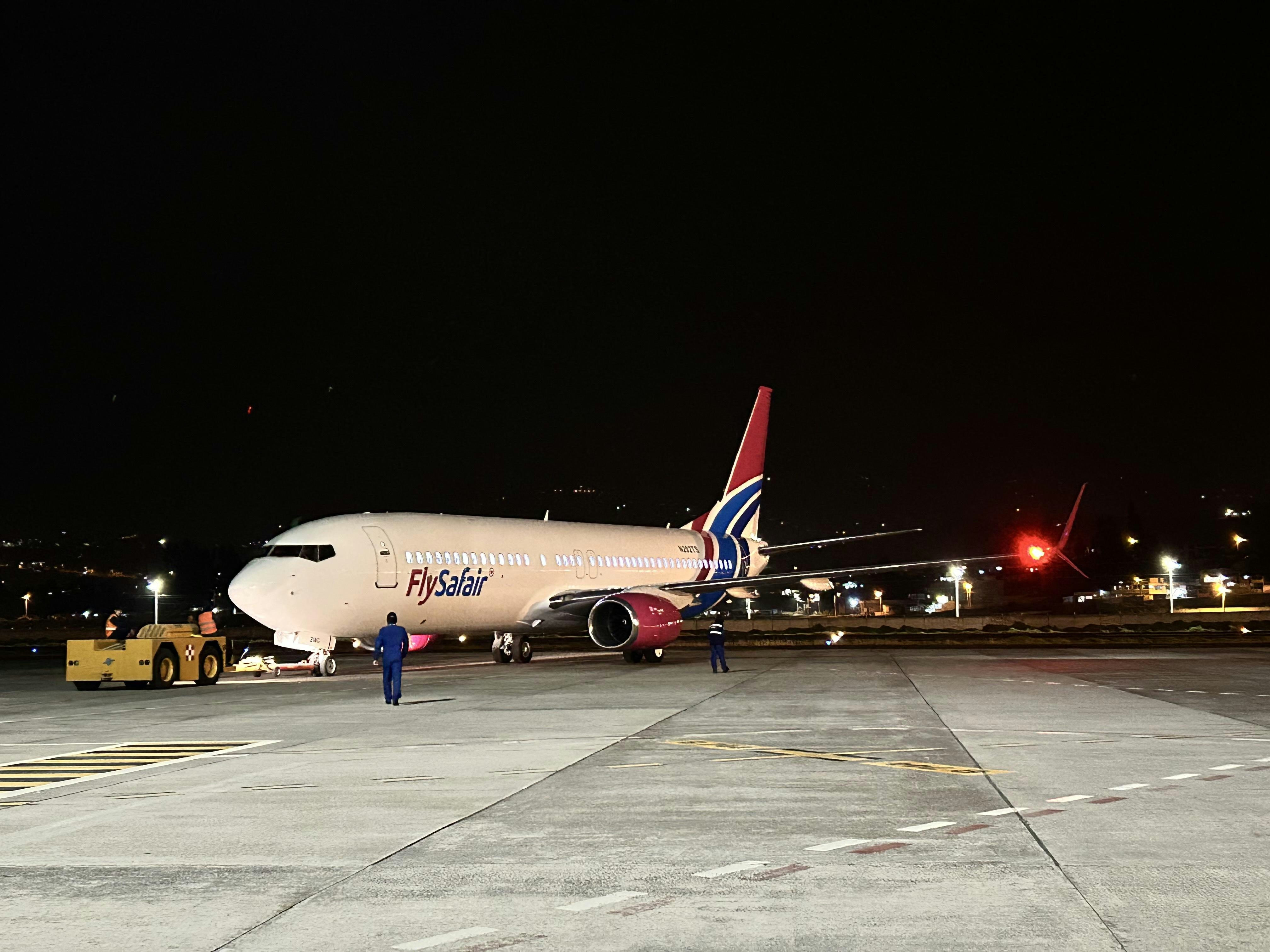
AerCap Leases Boeing 737 MAX and 737NG Aircraft to FlySafair
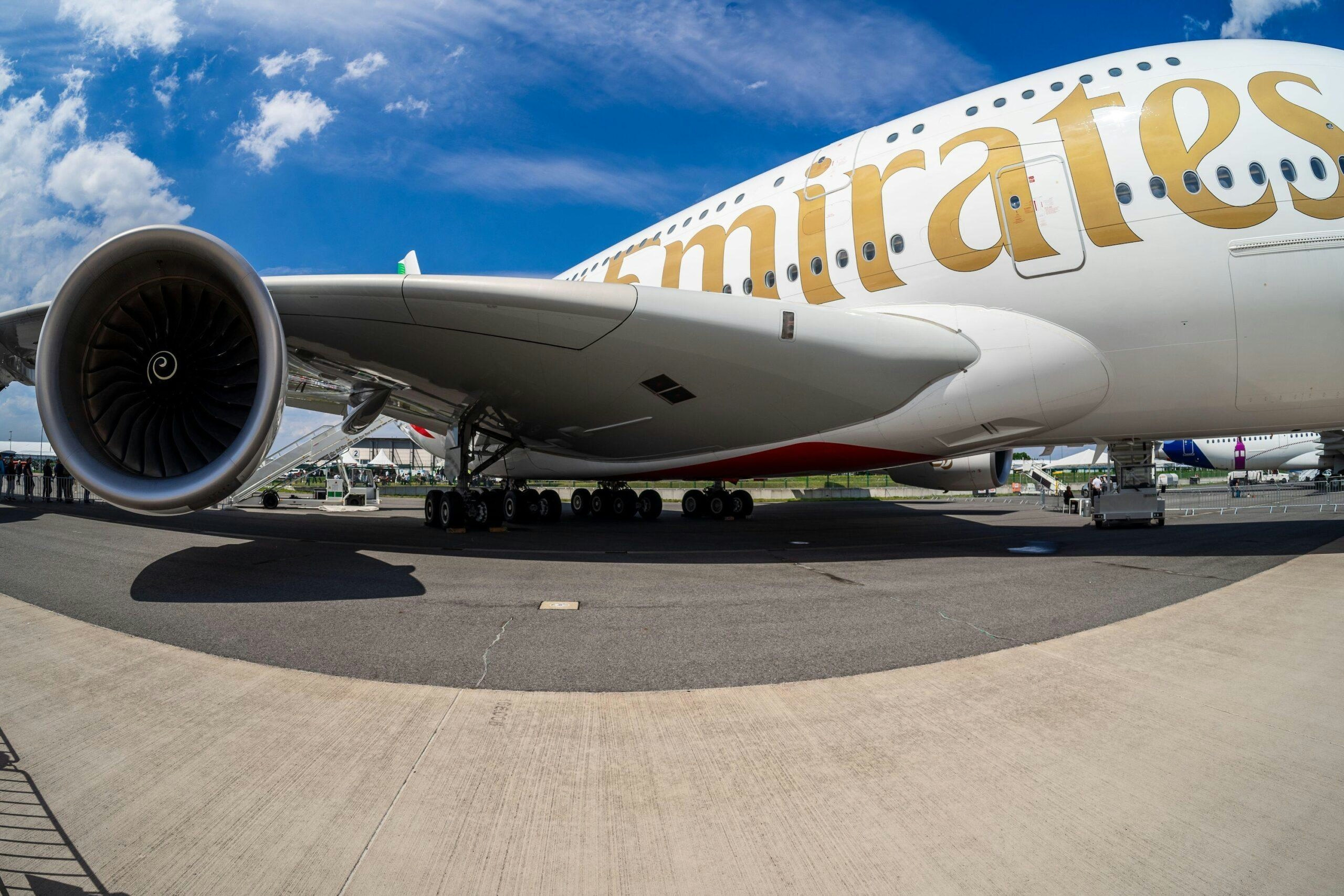
Abu Dhabi's Sanad sees opportunity in global aircraft engine crunch
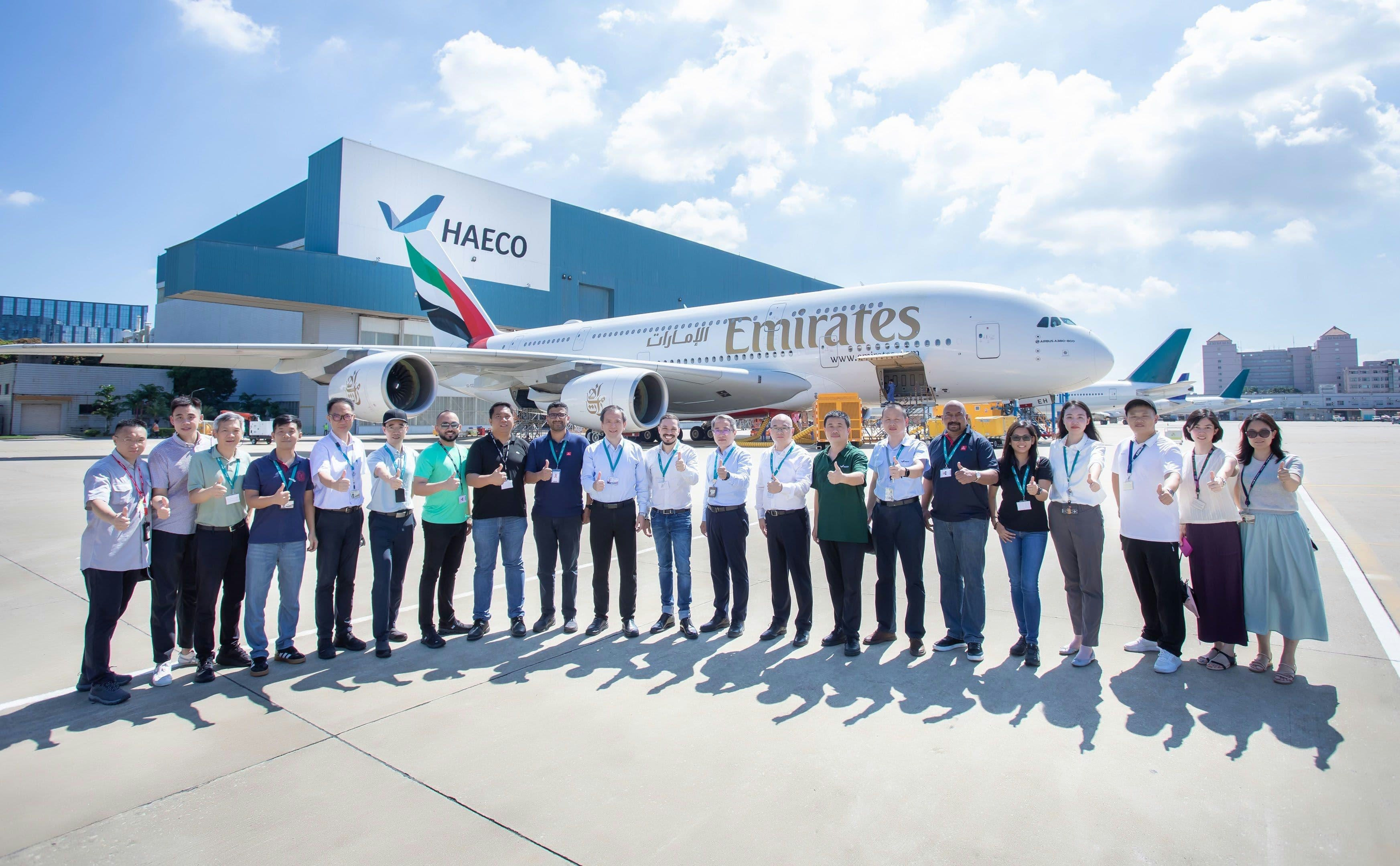
Collins Aerospace and Emirates Extend A380 Landing Gear Maintenance Agreement
